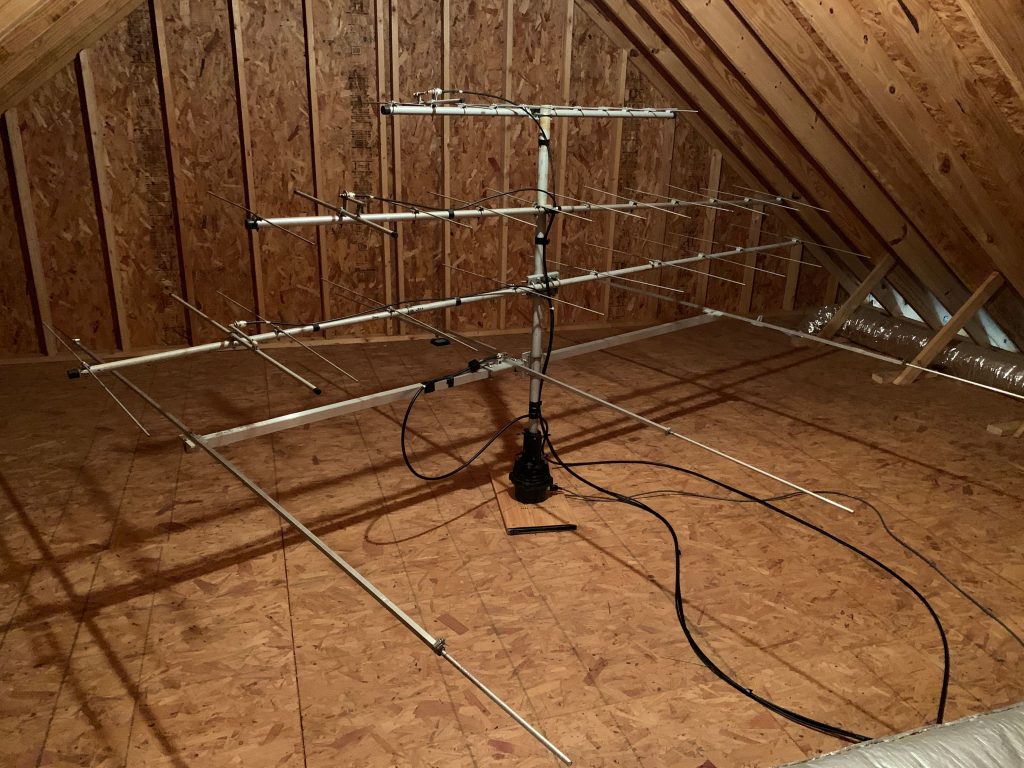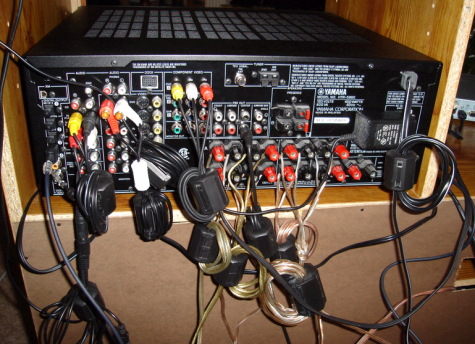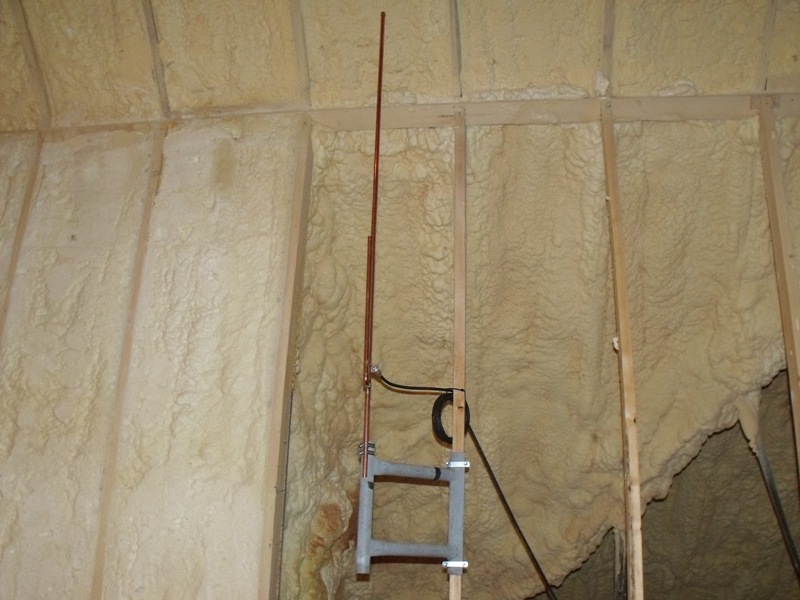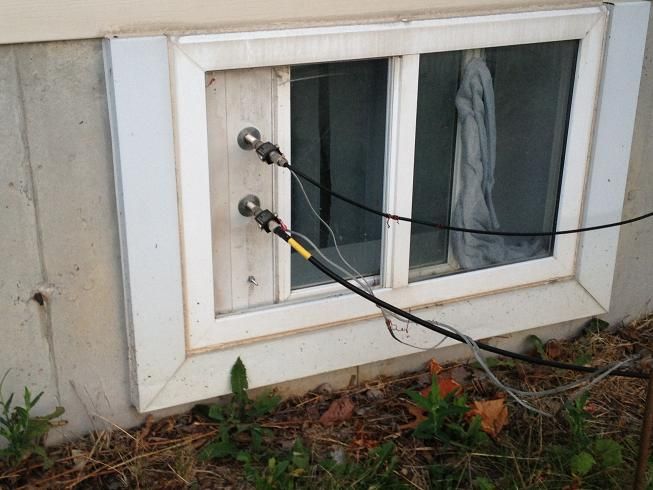Ham Attic Antenna Safety

I know because i live in florida in a community and i have added this amateur radio to my storm preparations but i was planning to do an illegal operation without a license.
Ham attic antenna safety. All of these choices are correct. A second advantage to mounting the antenna in the attic is that you will be protected from lightning strikes in the event of severe weather. On vhf a beam antenna can work well in the attic even a rotator can be used. If you are mounting the antenna in your attic you d need about 7 10 feet of space between the antenna and the occupants in the house.
But even if you can t put up an outdoor antenna you can still operate with antennas installed in an accessible attic space. Falling through the roof is a much more likely scenario. Lots of amateurs in these situations are doing so successfully especially on hf. Radiation pattern of the antenna d.
If you really want to do an indoor antenna be aware that it s going to be a bitch to tune suscepable to all kinds of indoor rf noise and not very efficient though running jt and psk might make it worth while. With time bare copper oxidizes the wood where the wire is tightly stapled to absorbs some of this oxidization and forms a loose yet lossy bond with the wire. Safety and rf exposure are important topics to consider. Distance gain and duty cycle are the three factors to consider when installing and safely operating an antenna system be it outdoors or in your attic.
Just don t touch it. What uni you go to. This is great for the amateur radio operator that is providing net control activities during a skywarn severe weather activation. What factors affect the rf exposure of people near an amateur station antenna.
The house will act as a natural shield and as long as your attic mounted antenna system is independent to the rest of your antennas lightning won t be an issue. It s perfectly safe up in that range of power. The attic shortwave antenna wire this is the most importantaspect to improve. On hf wire beams can be run on the roof supports or the rafters these usually are good for one direction only but can be switched electrically for different coverage.
It is theoretically possible to create a fire in the attic from your ham radio antenna but the conditions required for that to work require purpose and luck making this not a realistic concern for the typical attic farmer. Bare copper antenna wire stapled directly on wood rafters causes loss of rf signal energy. Frequency and power level of the rf field b. Distance from the antenna to a person c.
Many hams including many of you reading this are limited by hoa or other outdoor antenna restrictions.















































